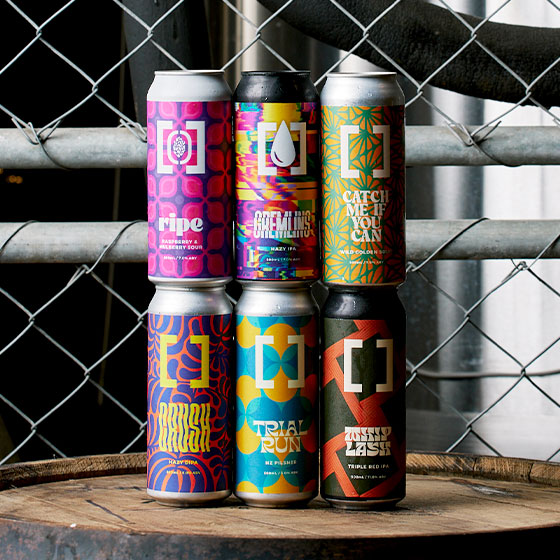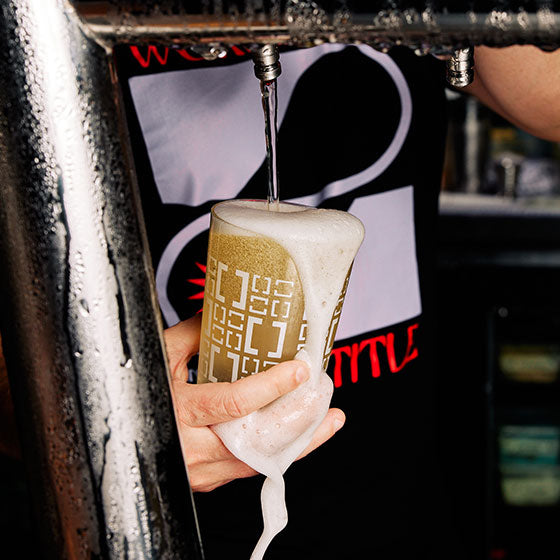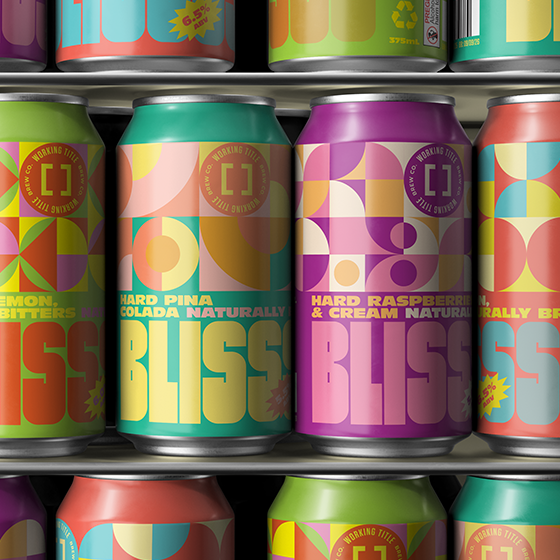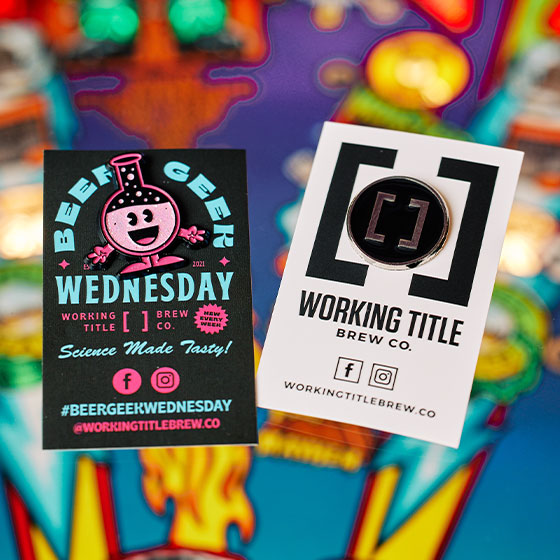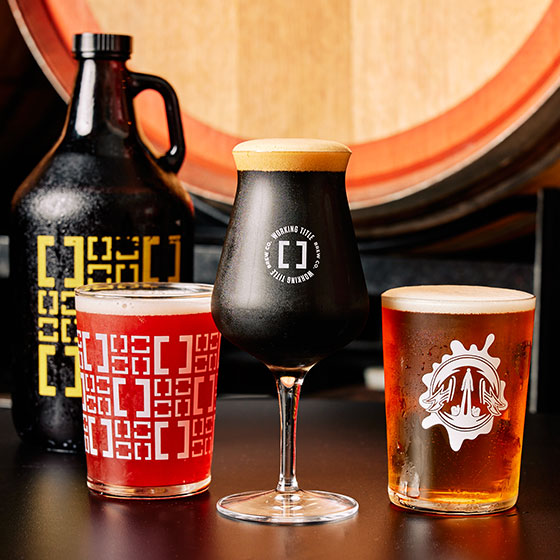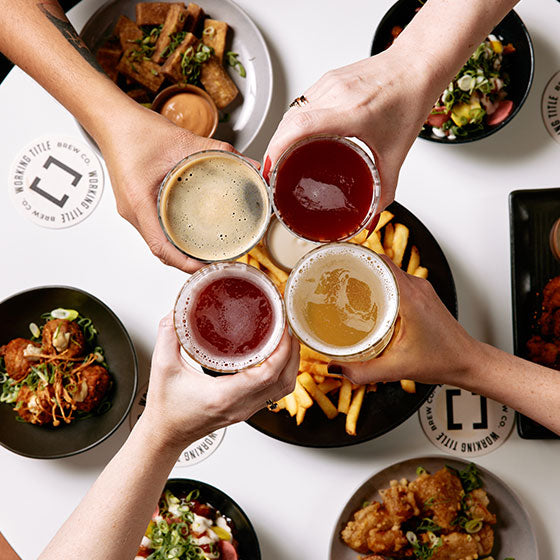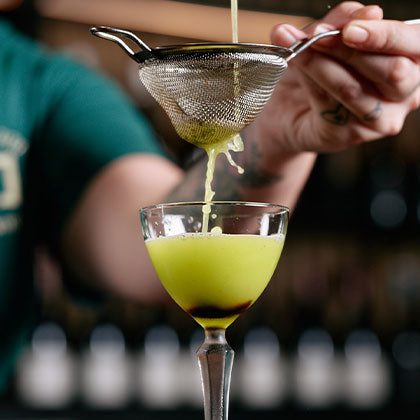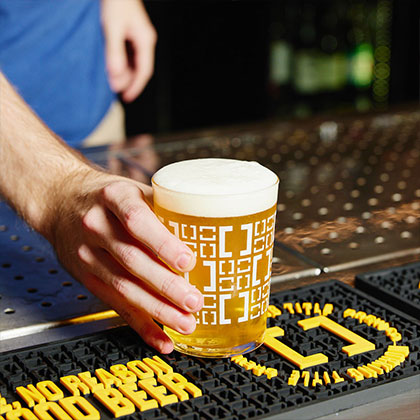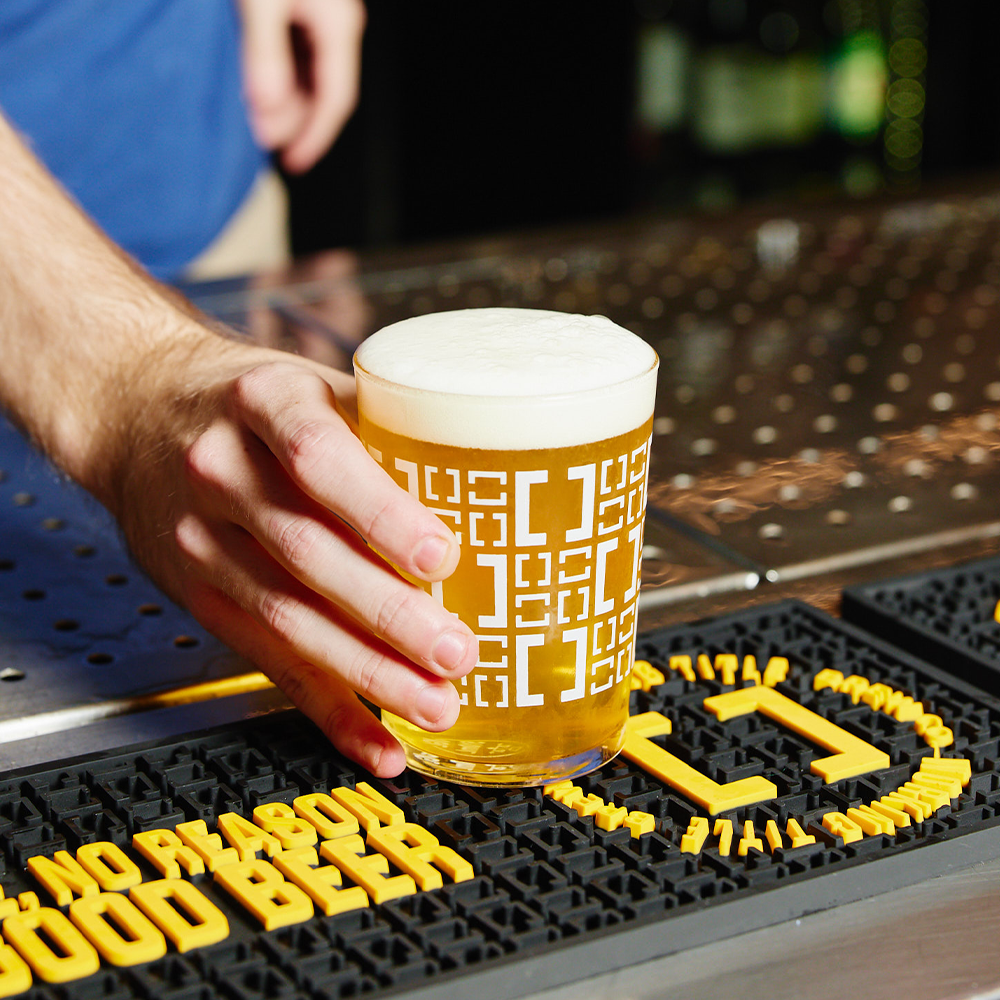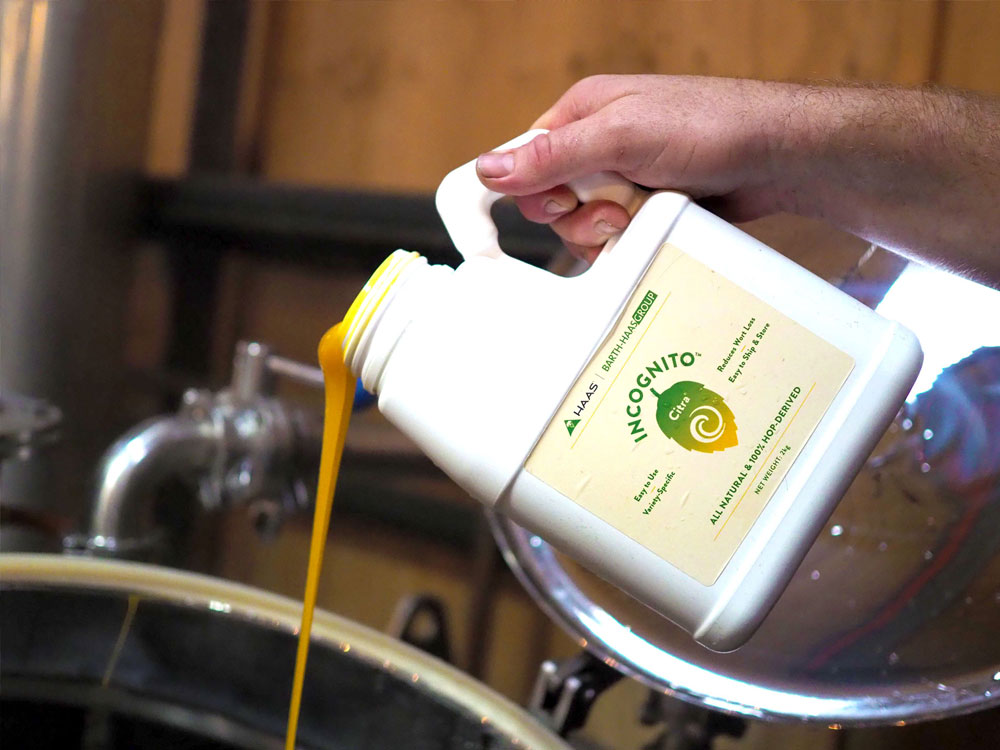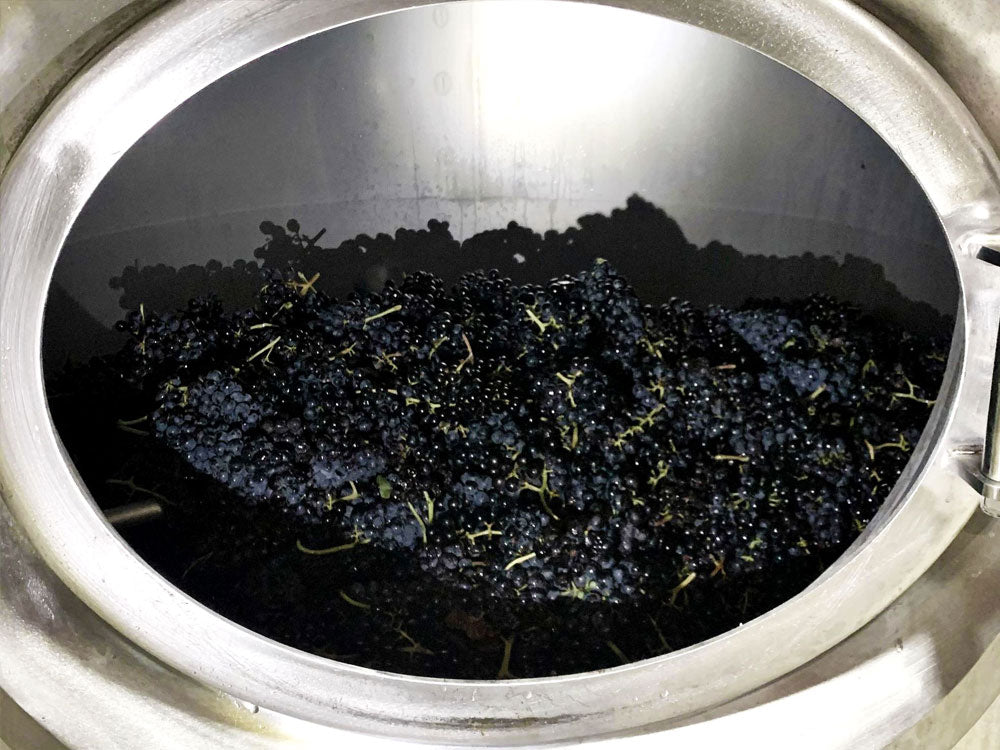Not all base malt is created equal. That’s why we’ve spent time really trying to understand what we want from our malt. For those playing at home, base malt provides the framework of your beer and accounts for between 50-100% of all the malt in your recipe. It gives most of the starch and enzymes needed to make wort, the thing yeast ferment to produce beer.
From the species of barley, to the manner in which it is dried and then malted, you can get an impressive array of base malt. Luckily for us, Australia and New Zealand have some world class small batch maltsters.
For the vast majority of our beer, we have used either Gladfield’s or Voyager base malt, with the occasional Simpsons Golden Promise recipe.
Of these, Voyager has been my favourite to use, although they are all exceptional. Using barely from their own and neighbouring farms, they produce various base malts, which can be super light in colour, through to rich in unique alleles of amylase, the enzyme that breaks down starch.
So what does all that mean for the beer? Well, for our first four batches we have used four distinct base malts, to get the desired results. Gladfield’s Ale in the Milk Choc Stout to give a good whack of protein and rich malt framework. Simpson’s Golden Promise in the Hazy IPA to get the protein content and moderate modification needed in a good hazy. Voyager Veloria in the Double Red; this is a lower attenuation malt that gives a rich honey character, a perfect scaffold for the intense flavours in the Red. Voyager Atlas for the Peach Sour, a well modified, light colour base malt that provides the dryness and perfect canvas needed for a sour.
Rather than just going whole hog on a single, consistent base malt across our range, we tailor each recipe for specific outcomes. It’s small batch beer baby, and that starts with small batch ingredients!

